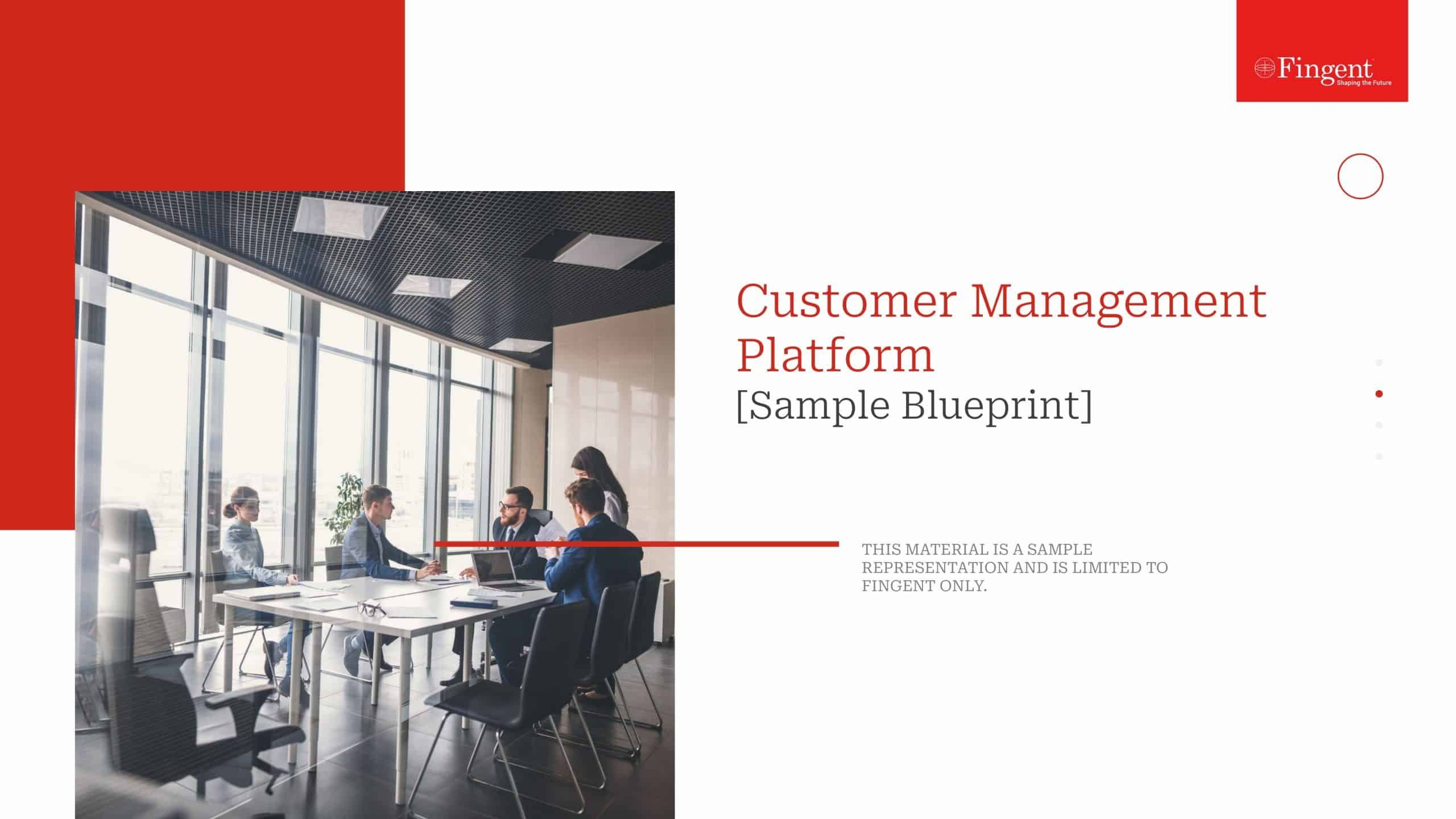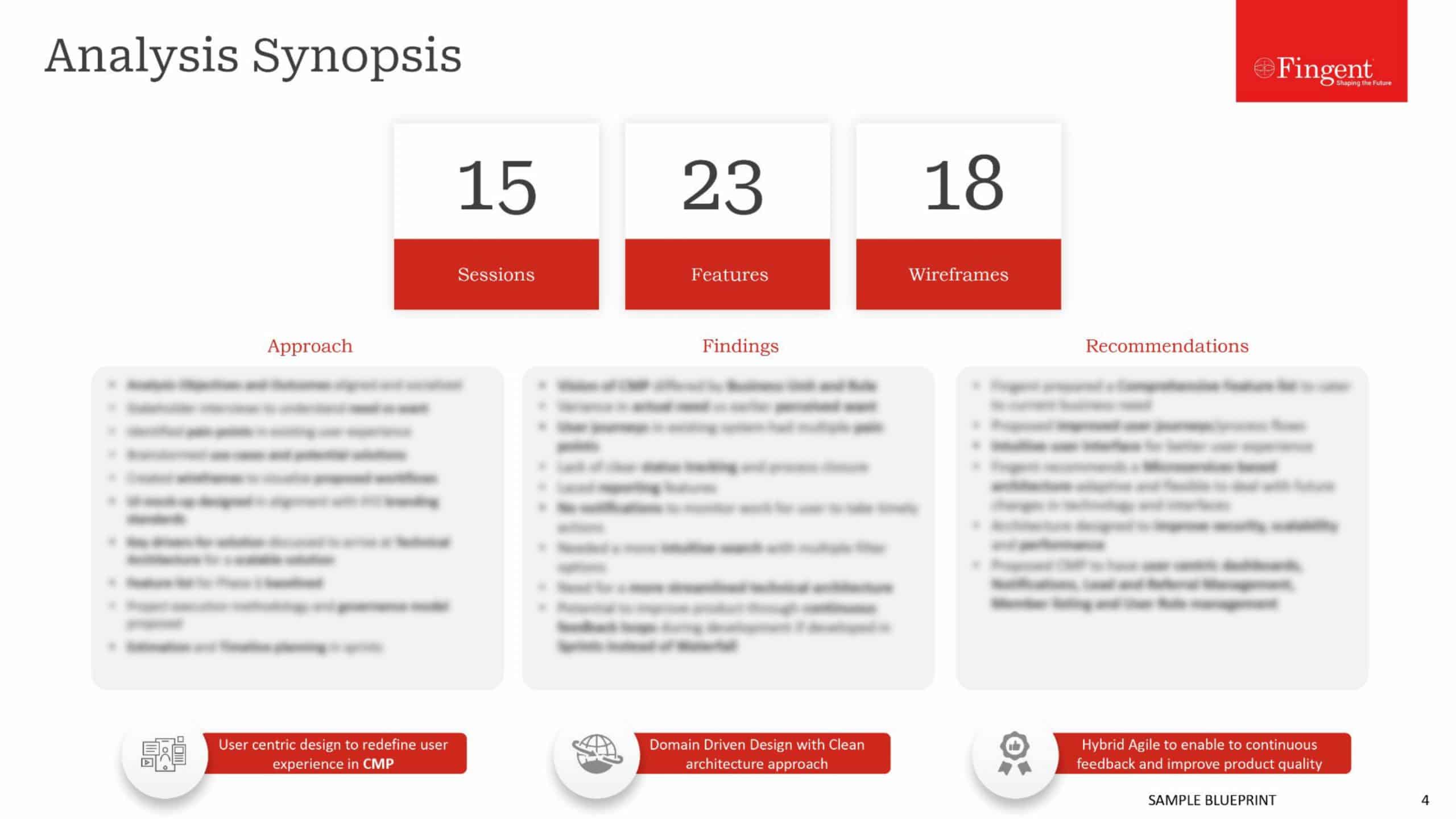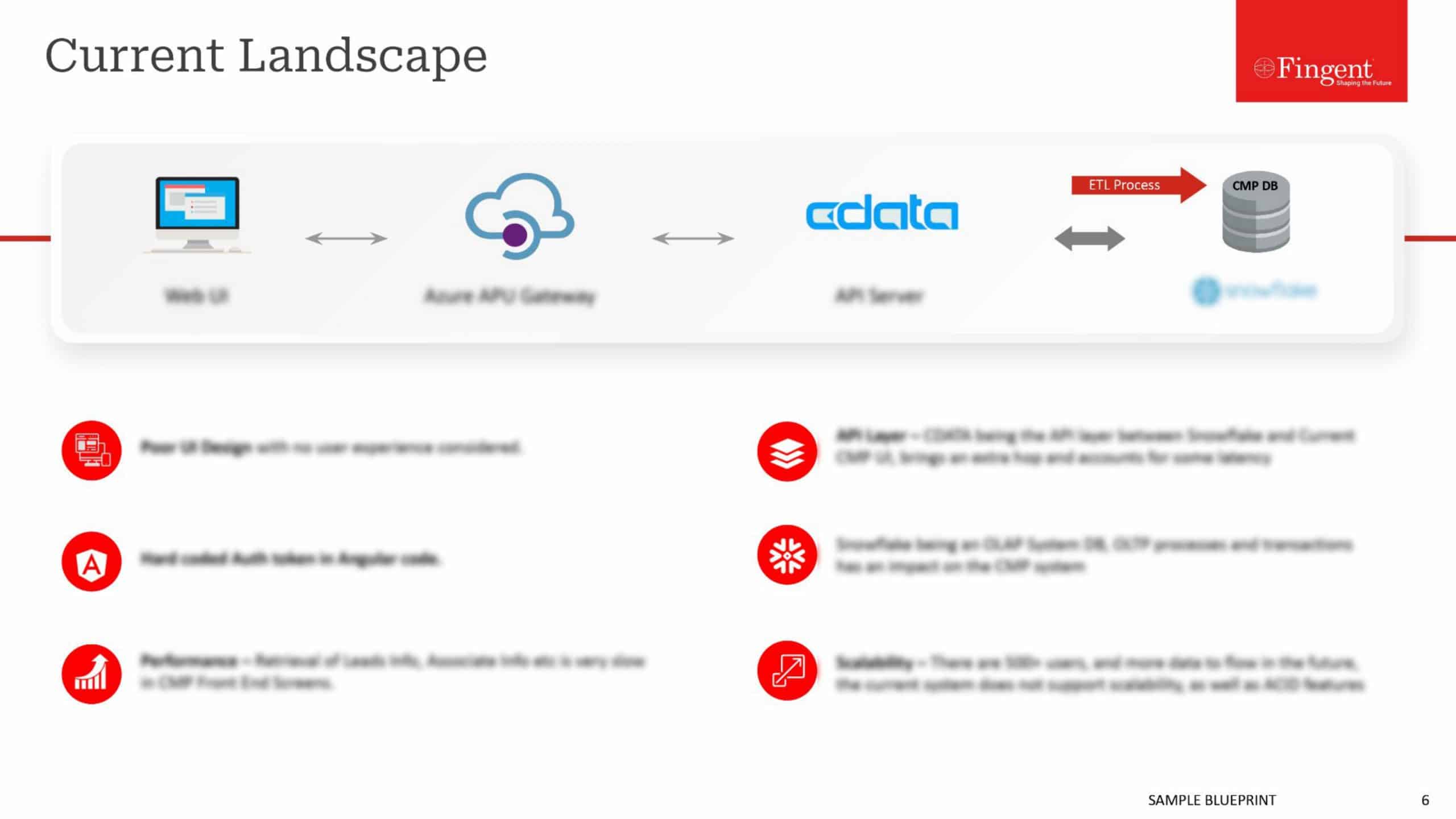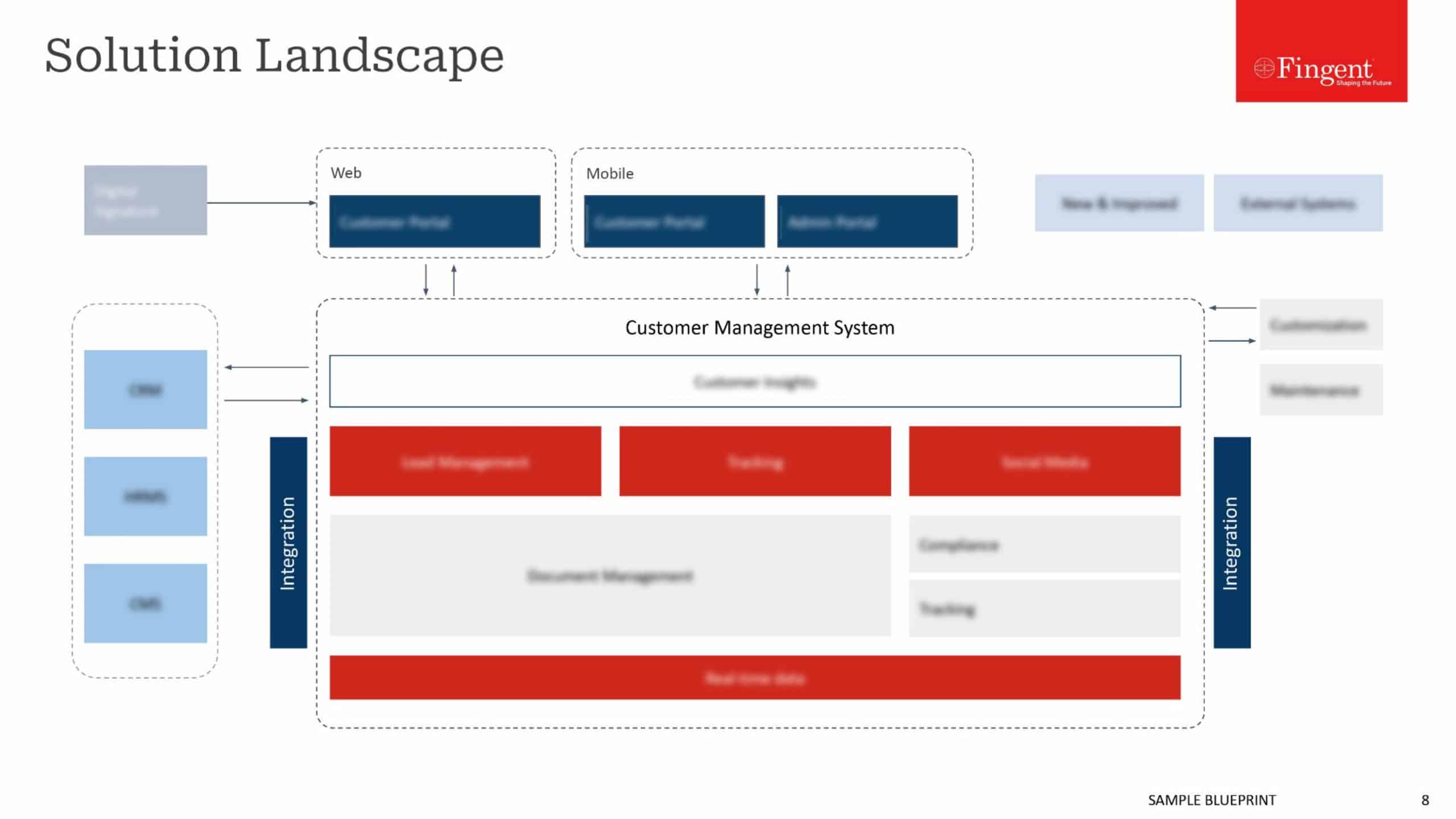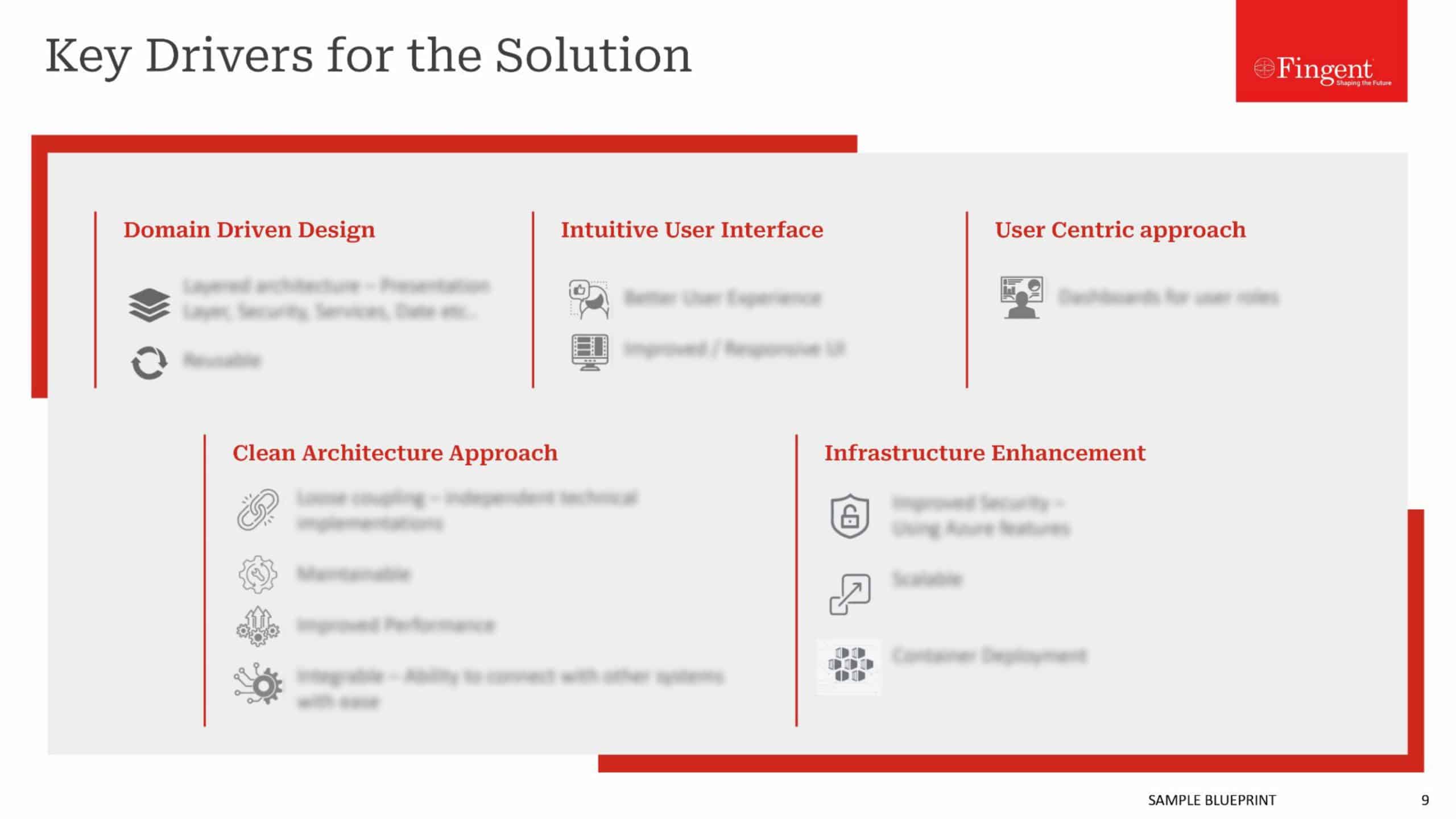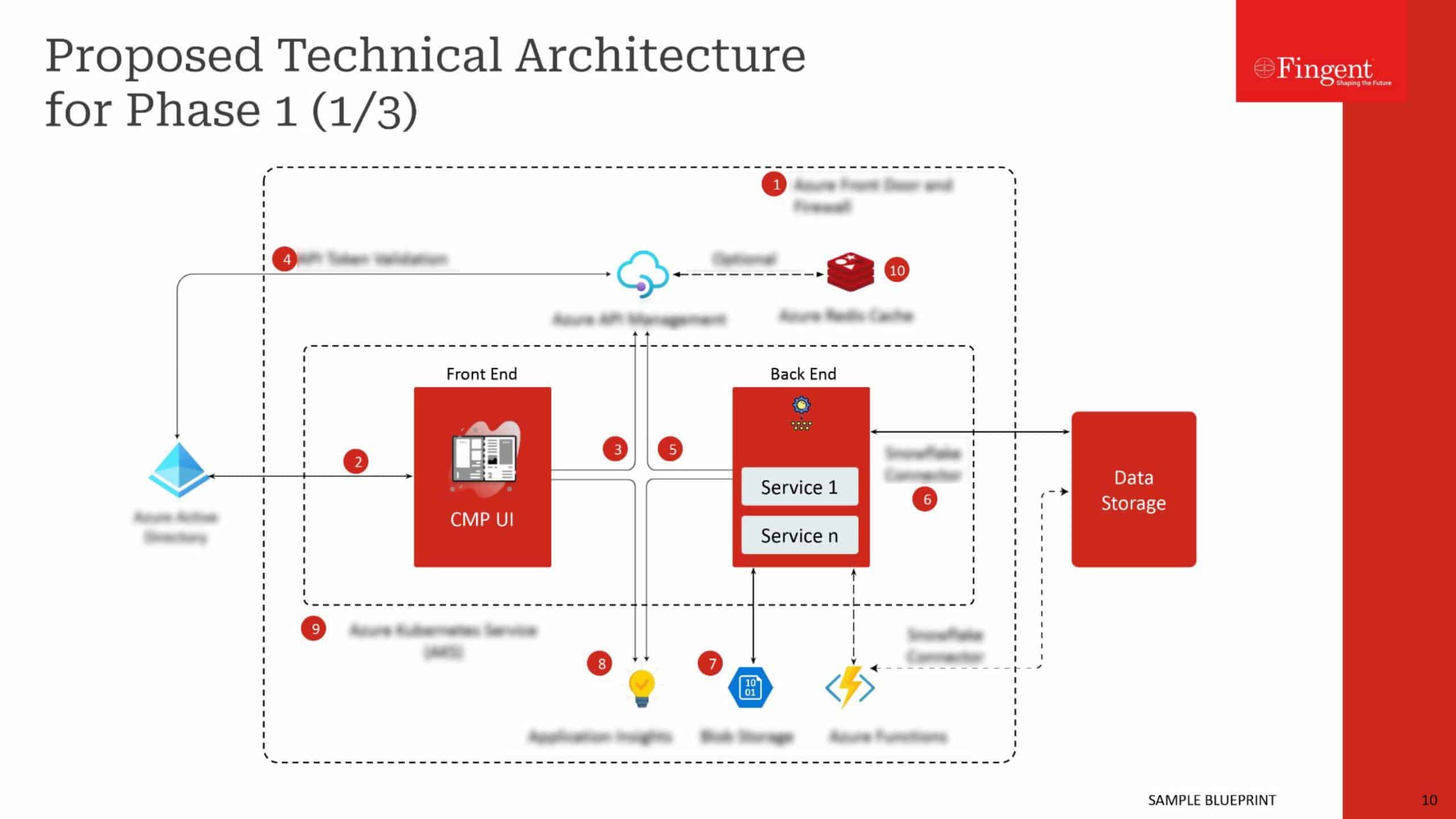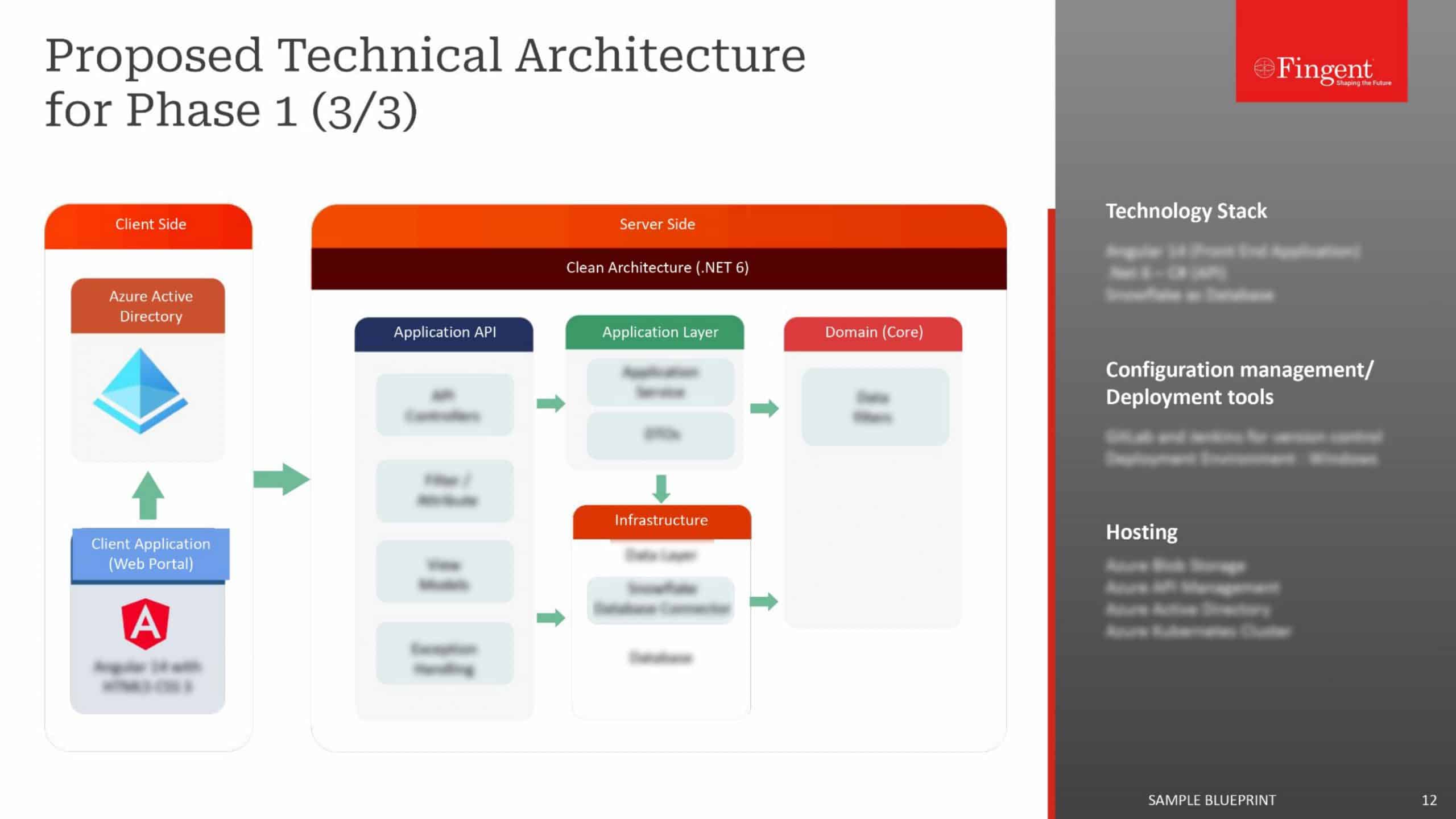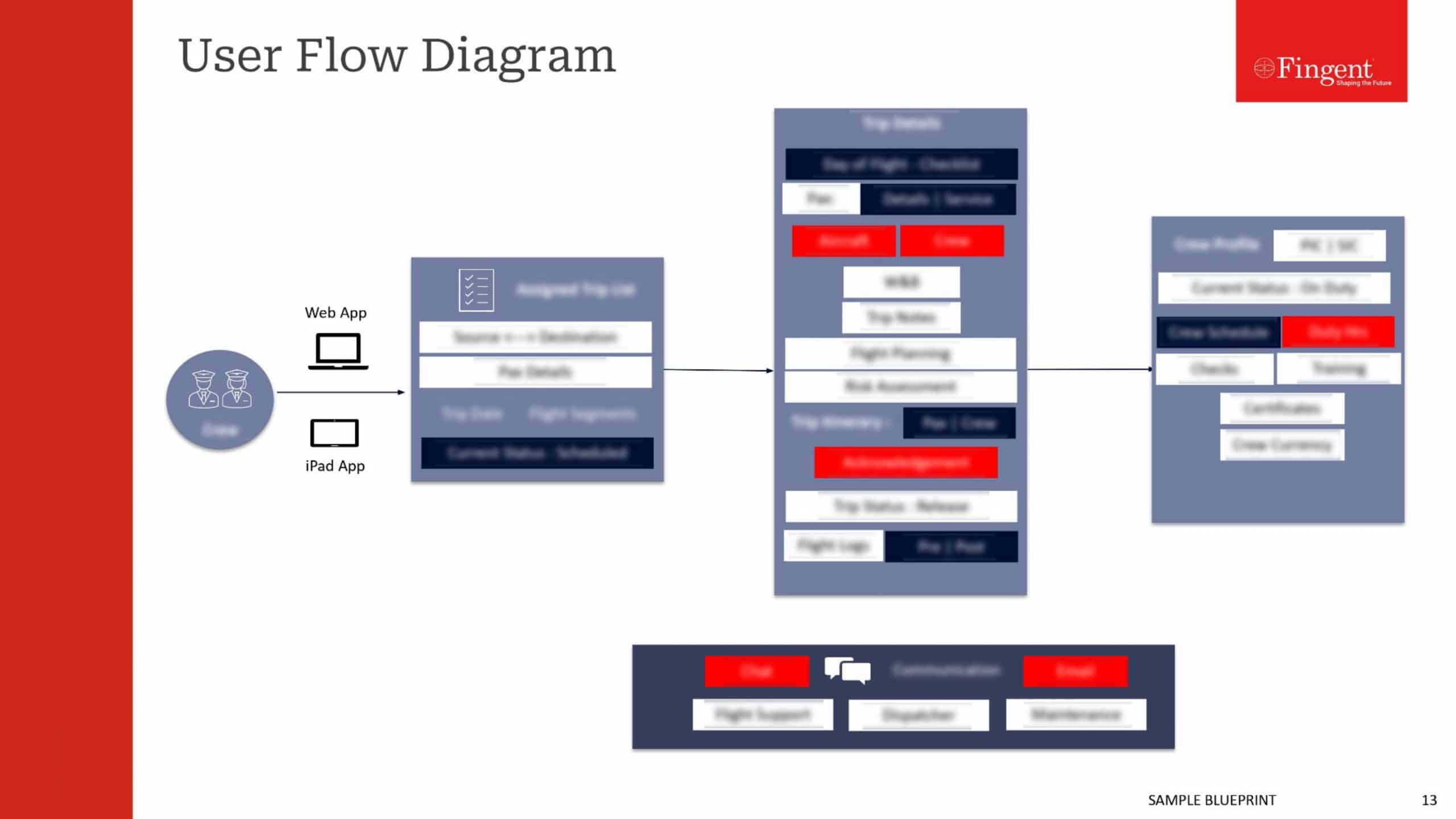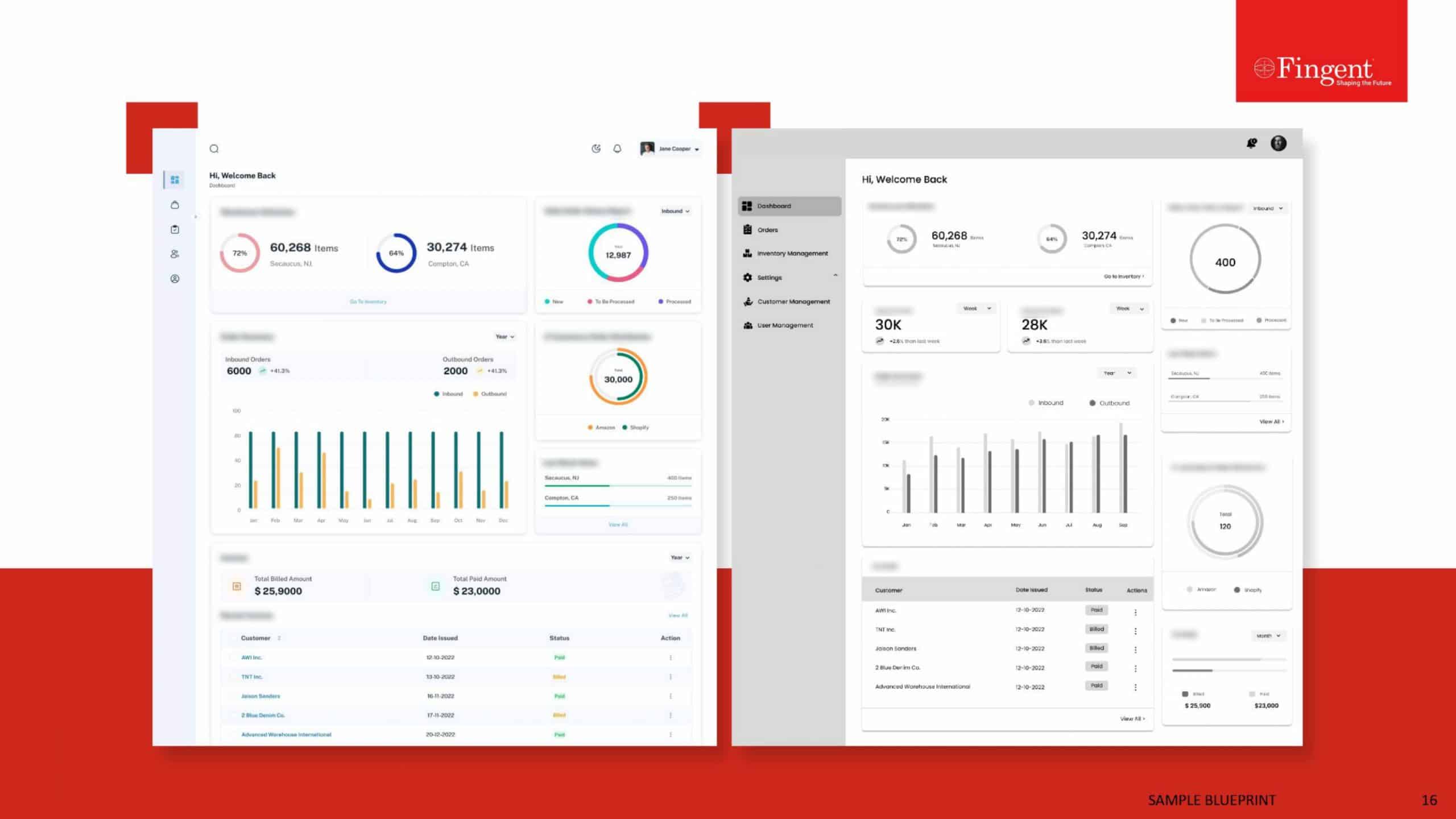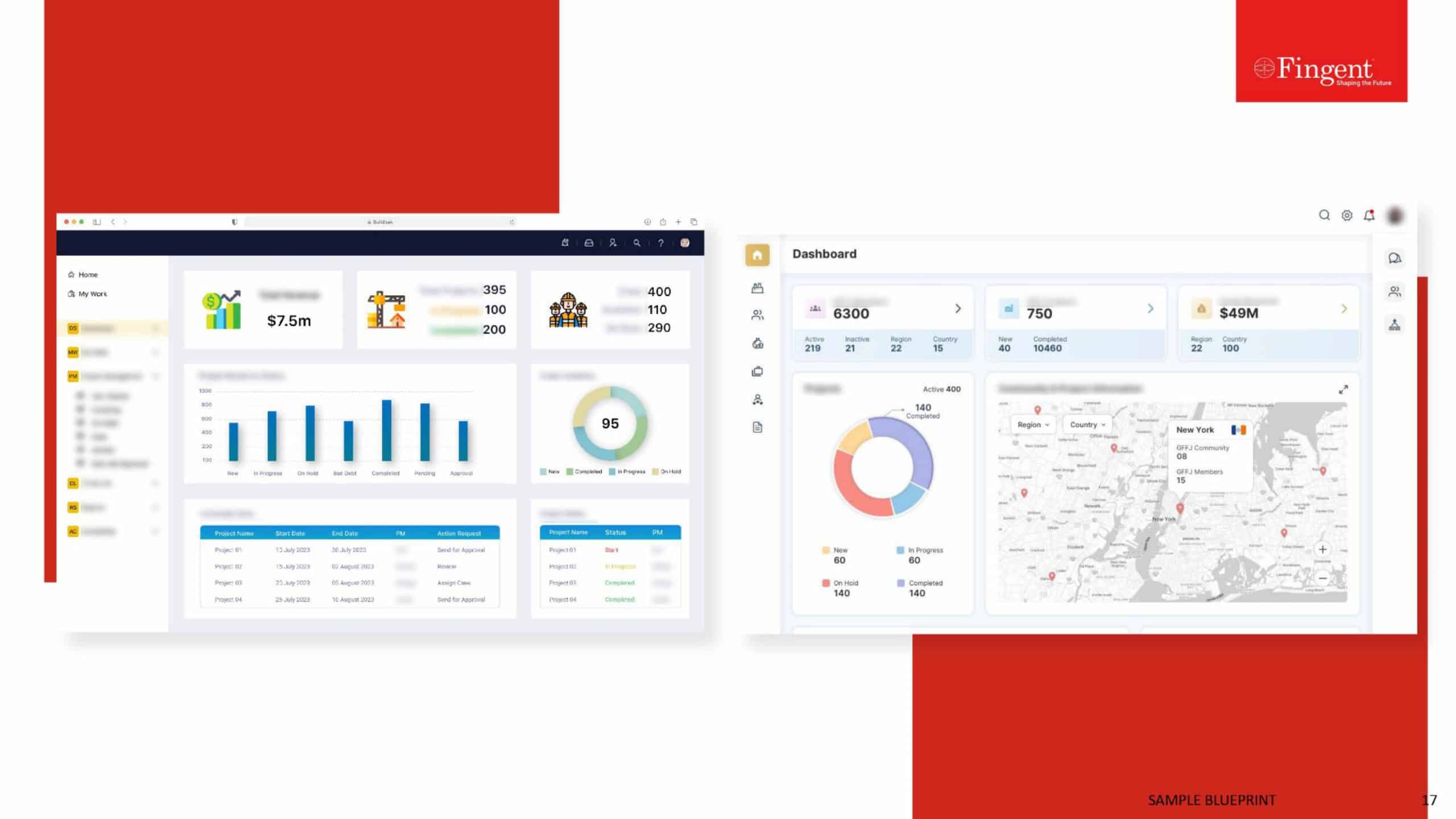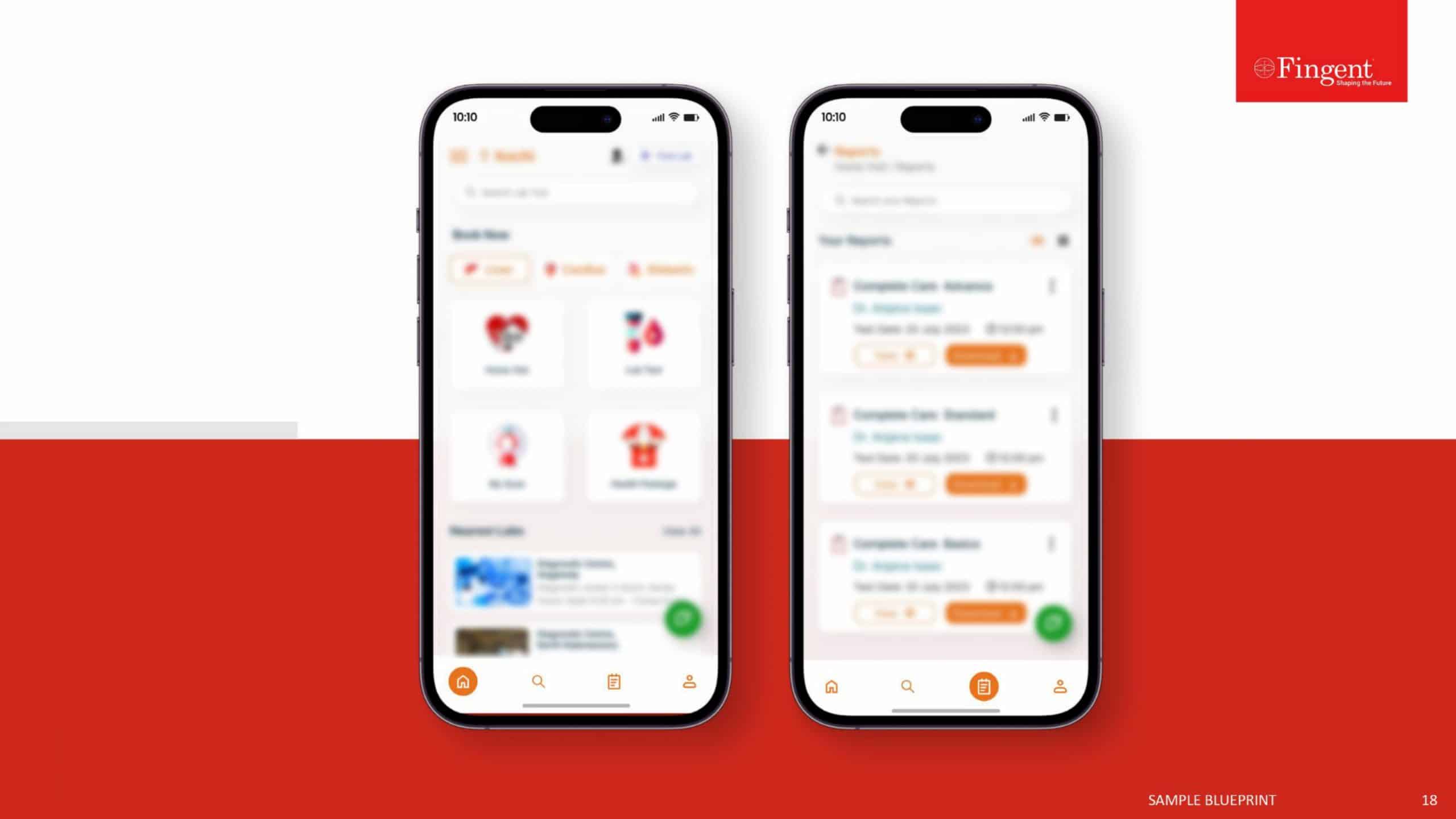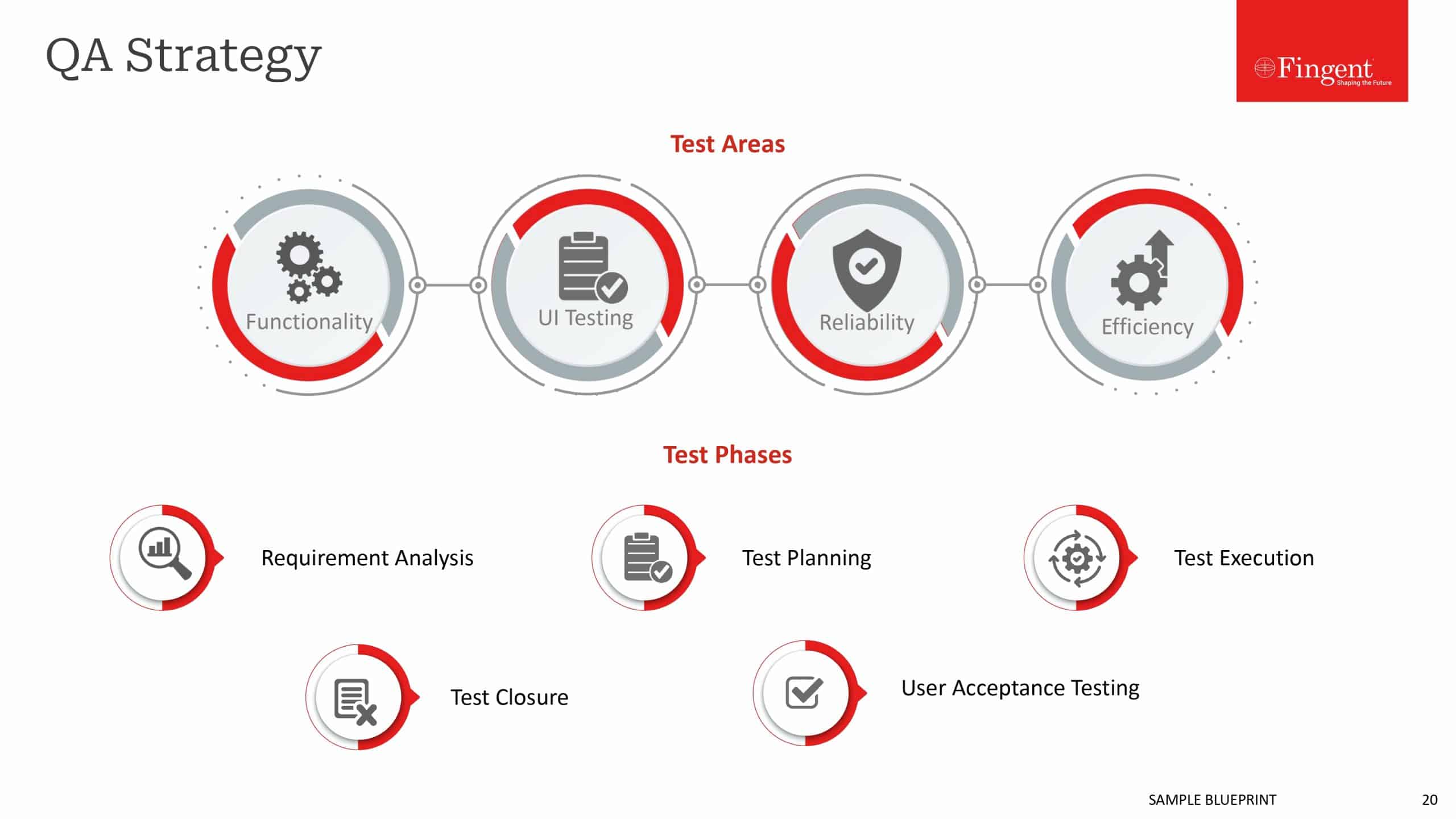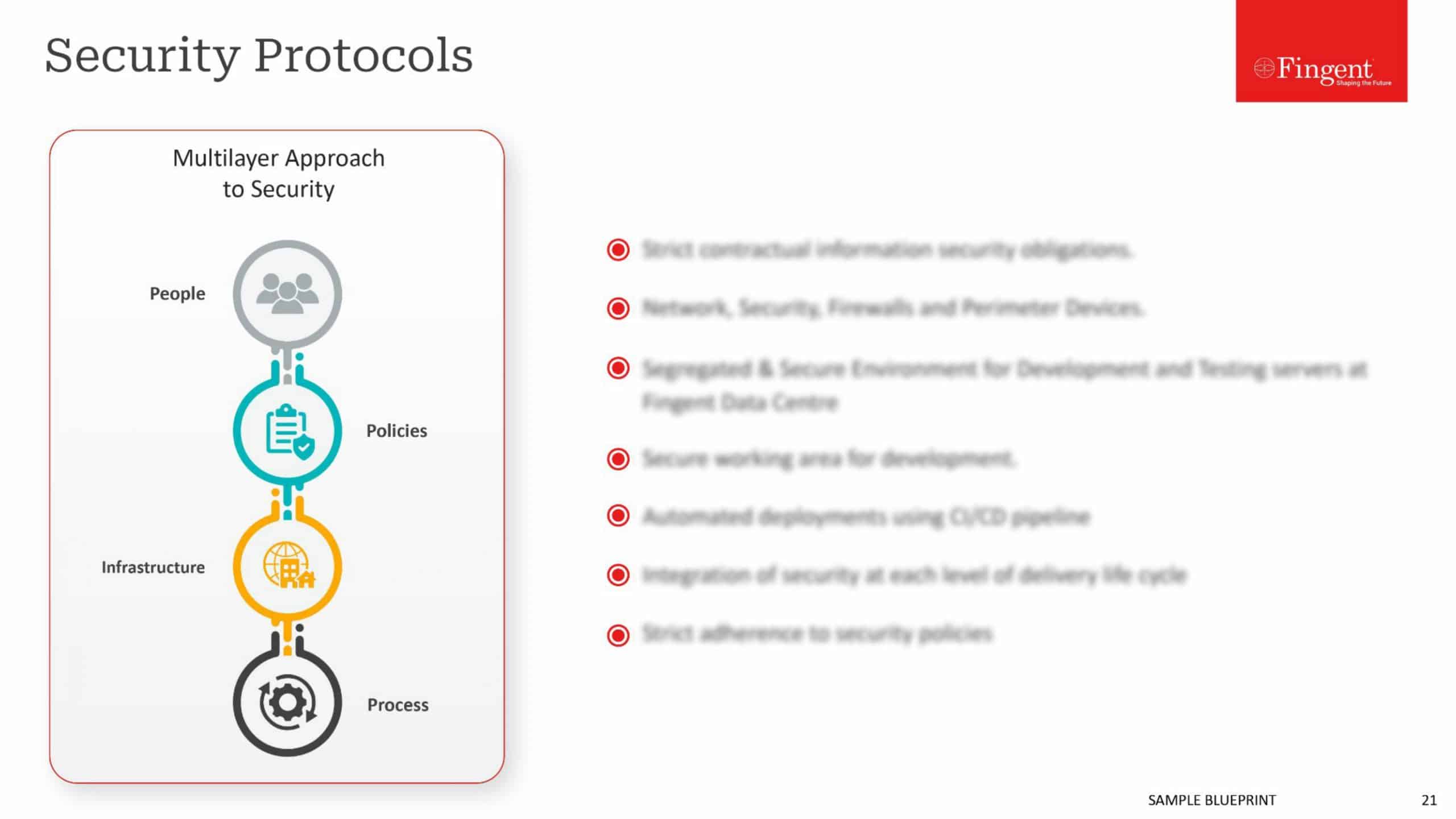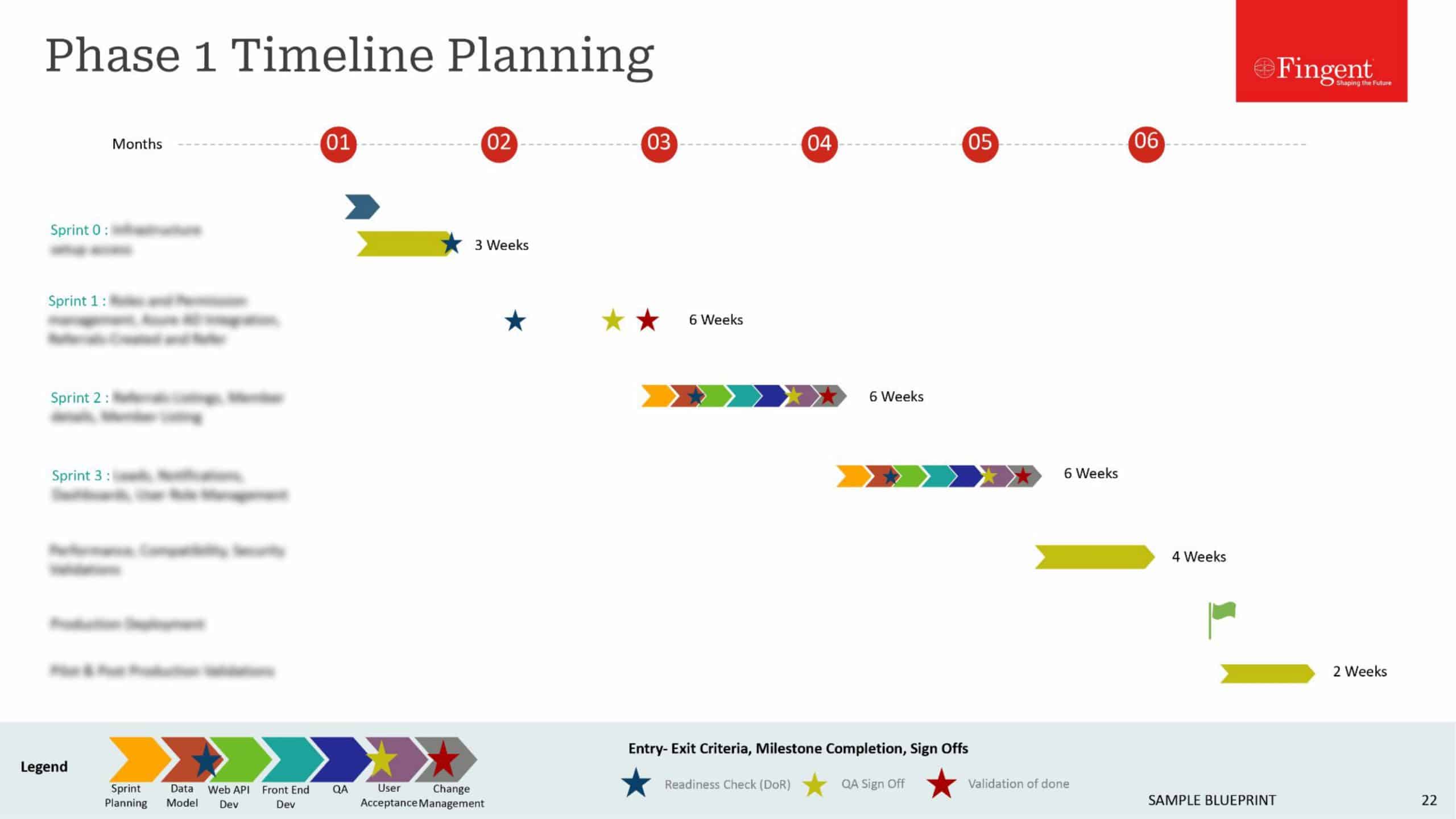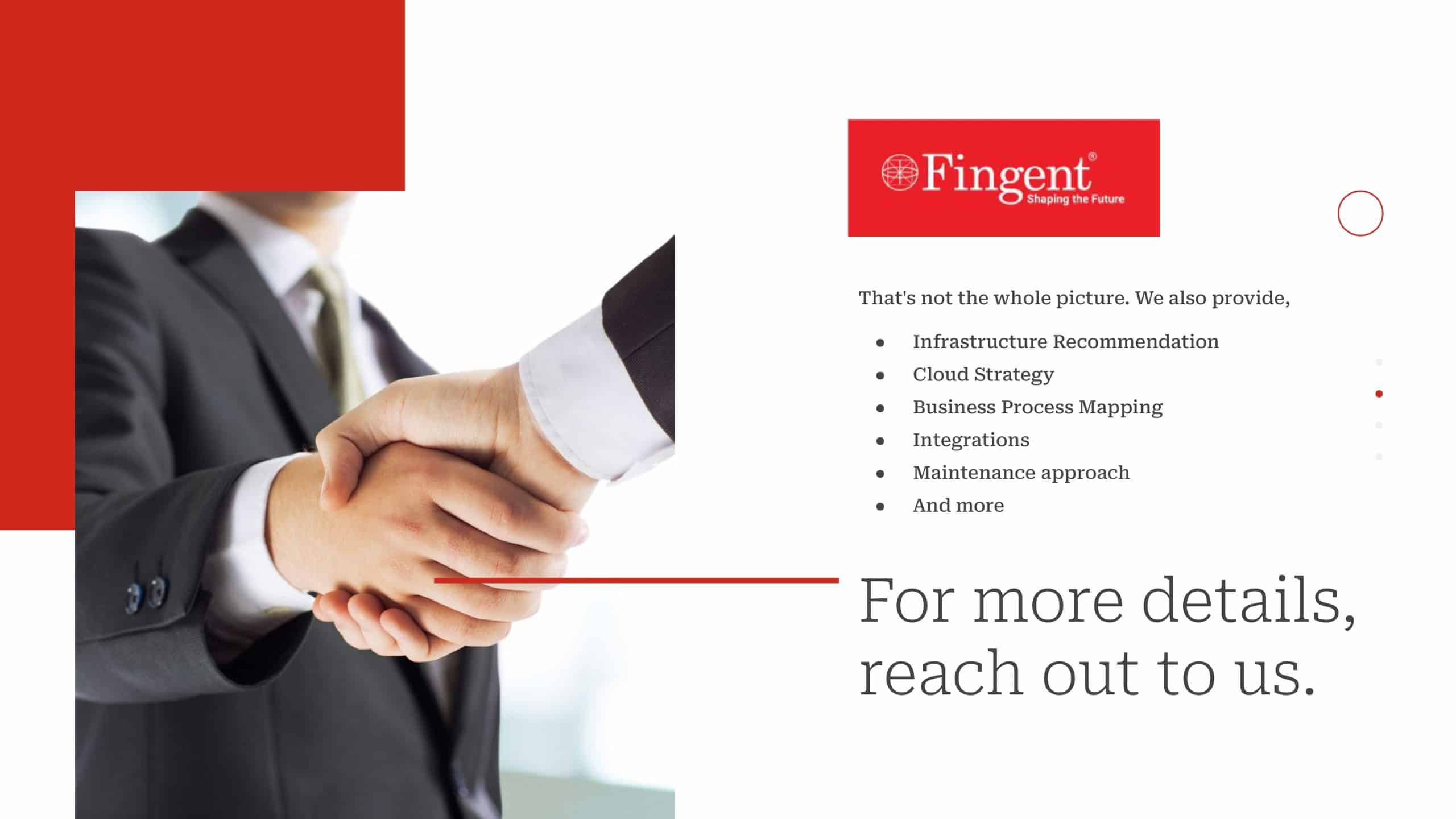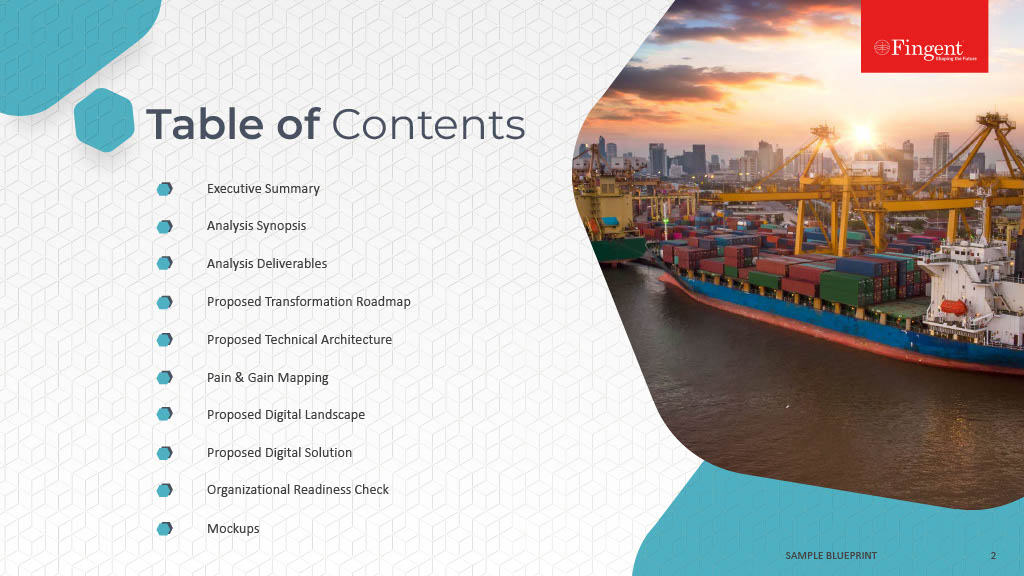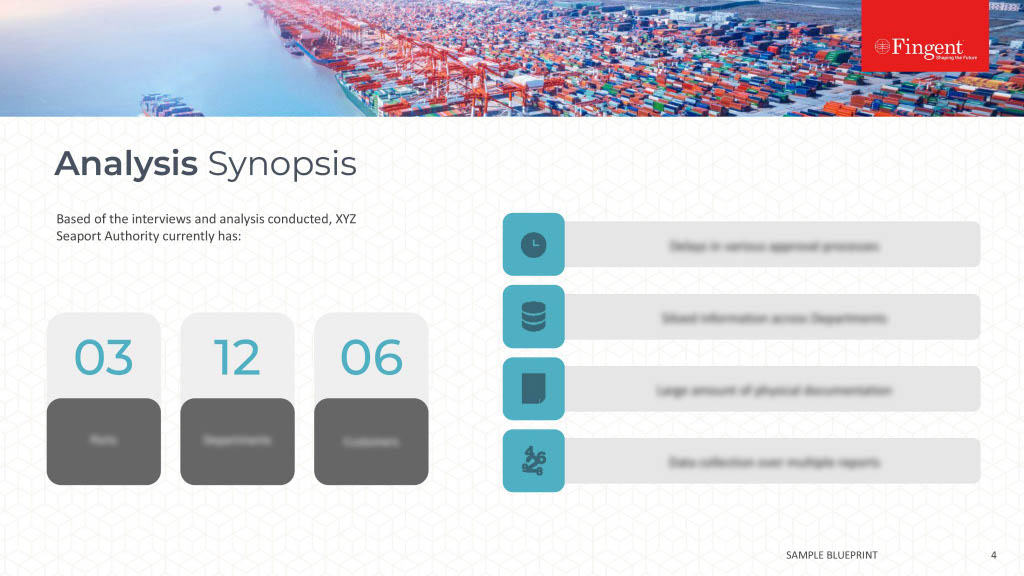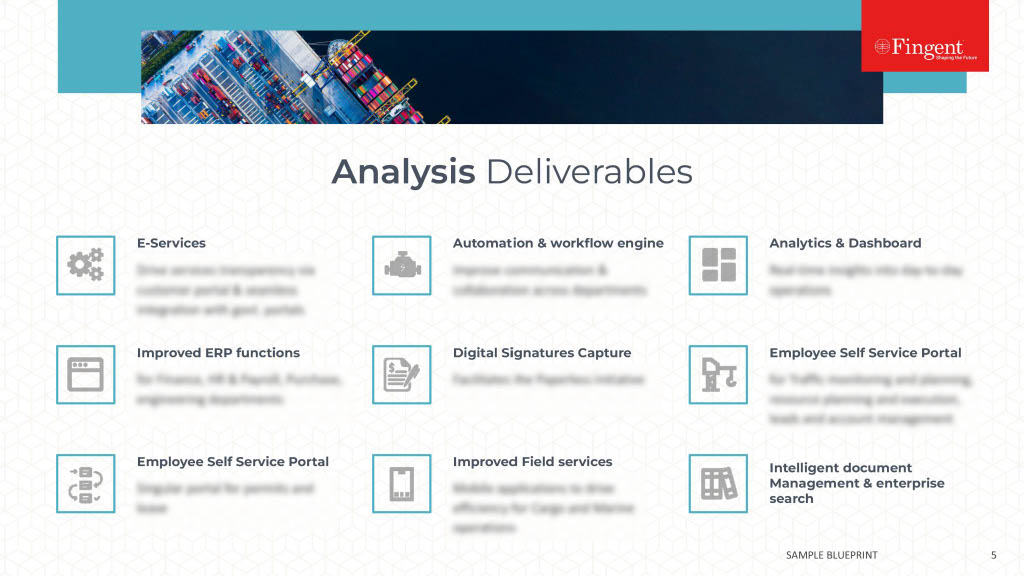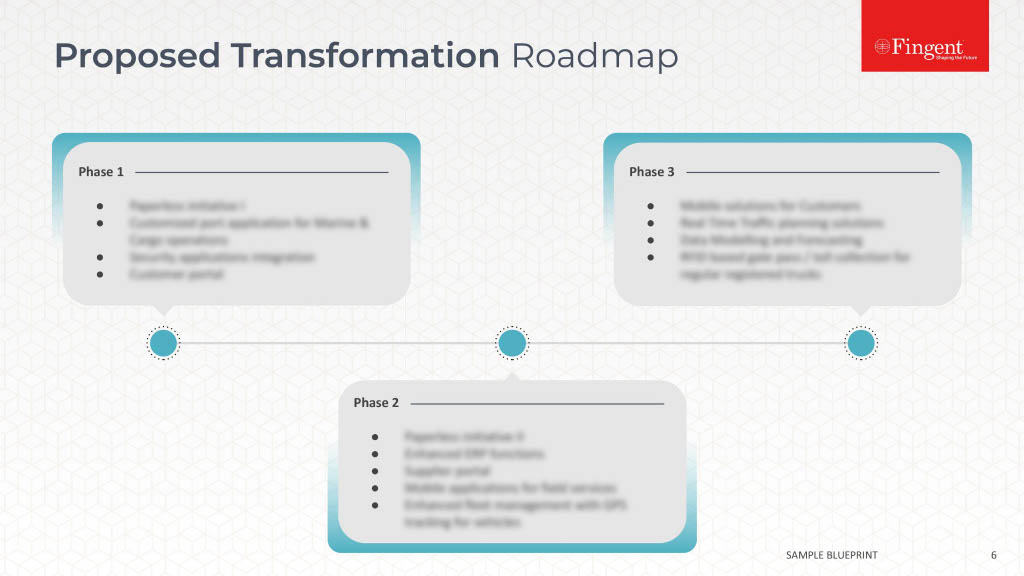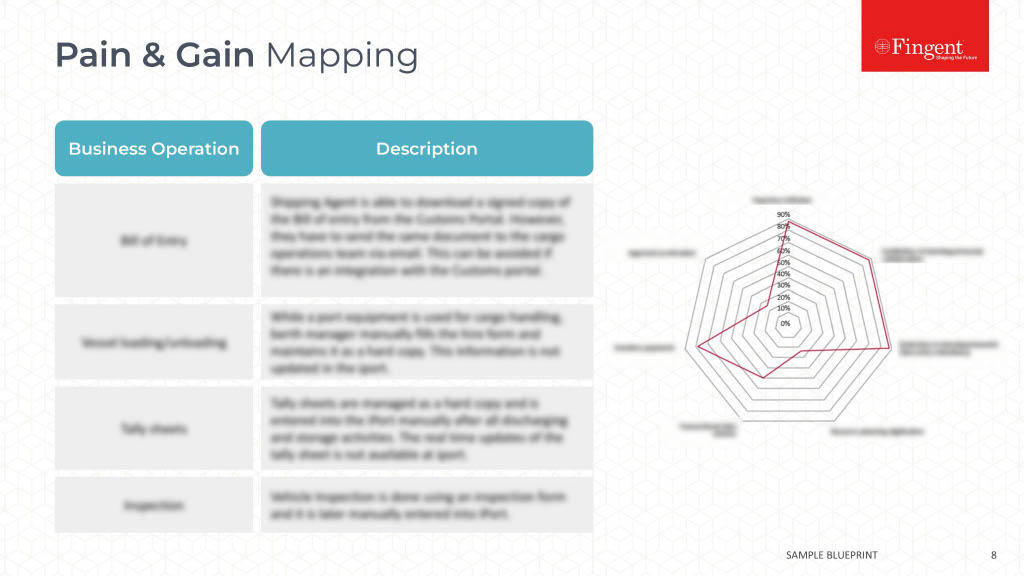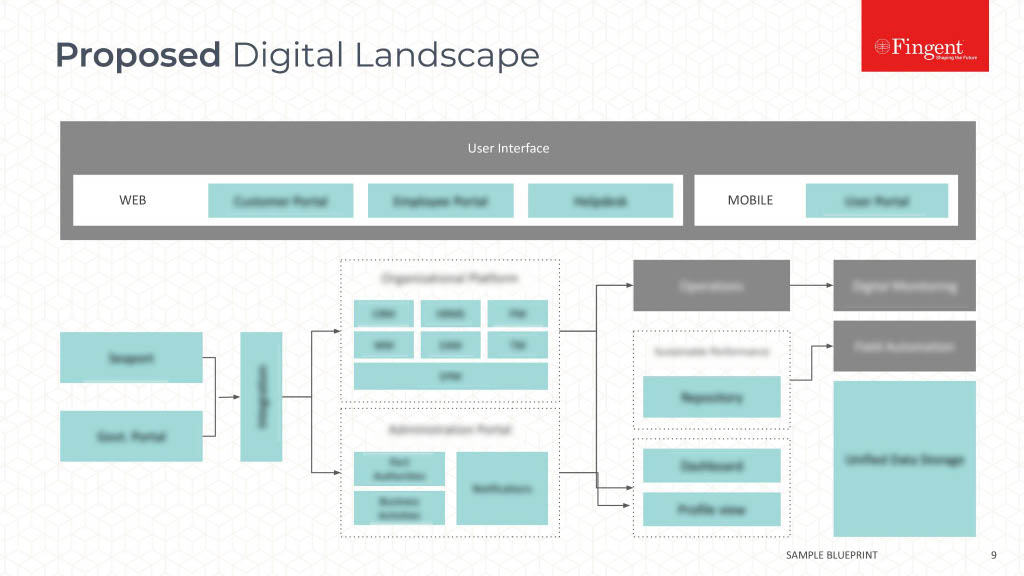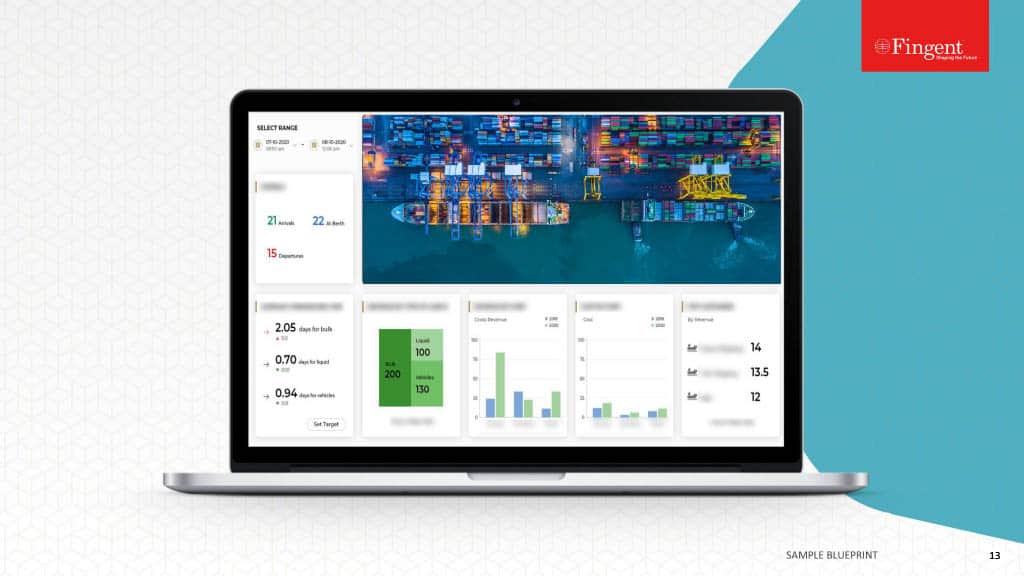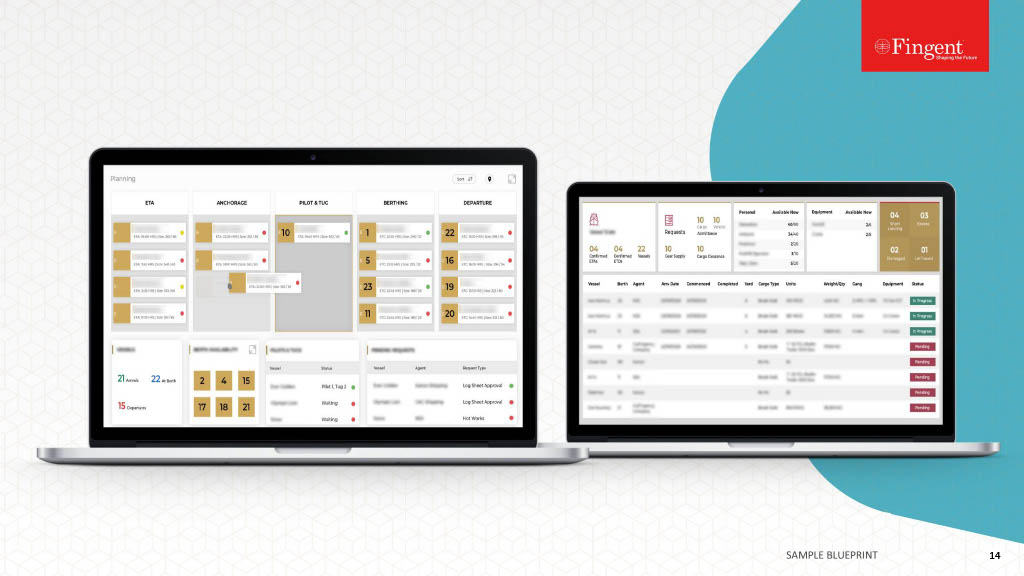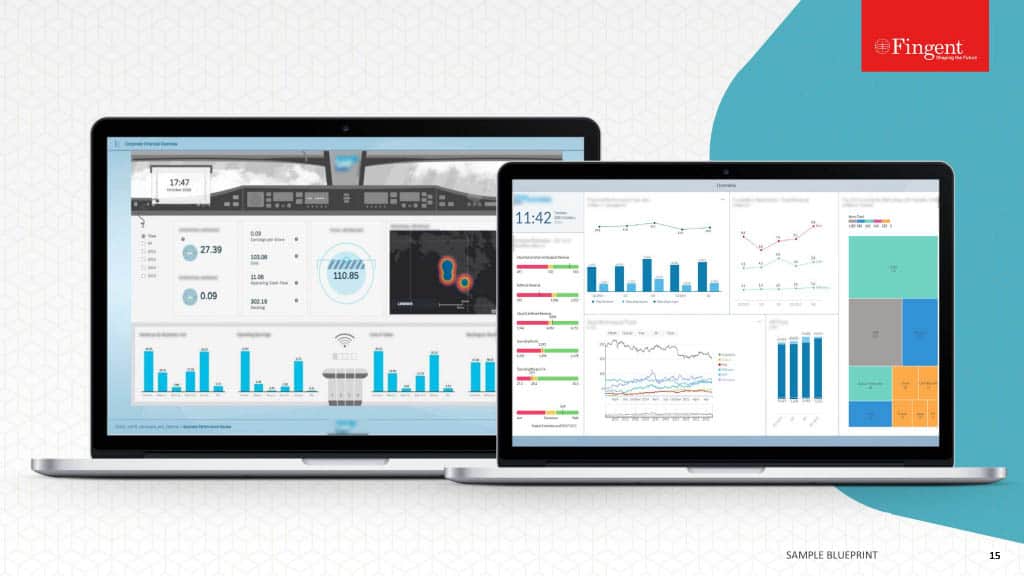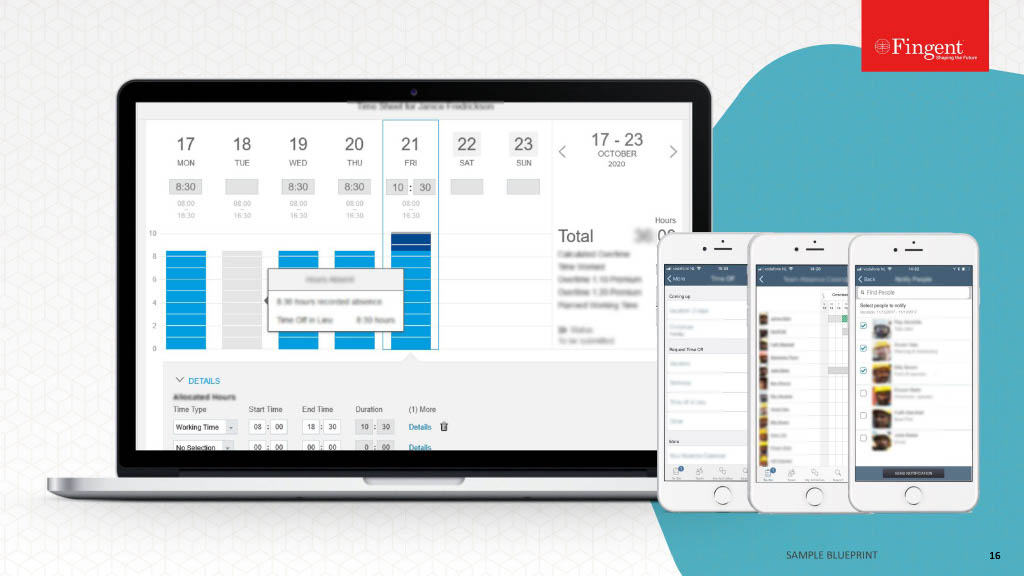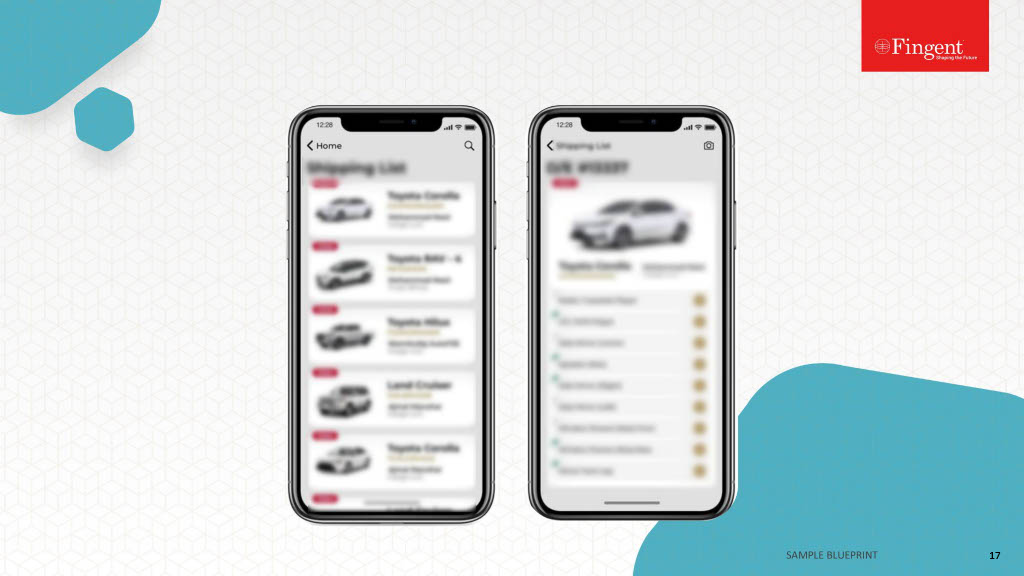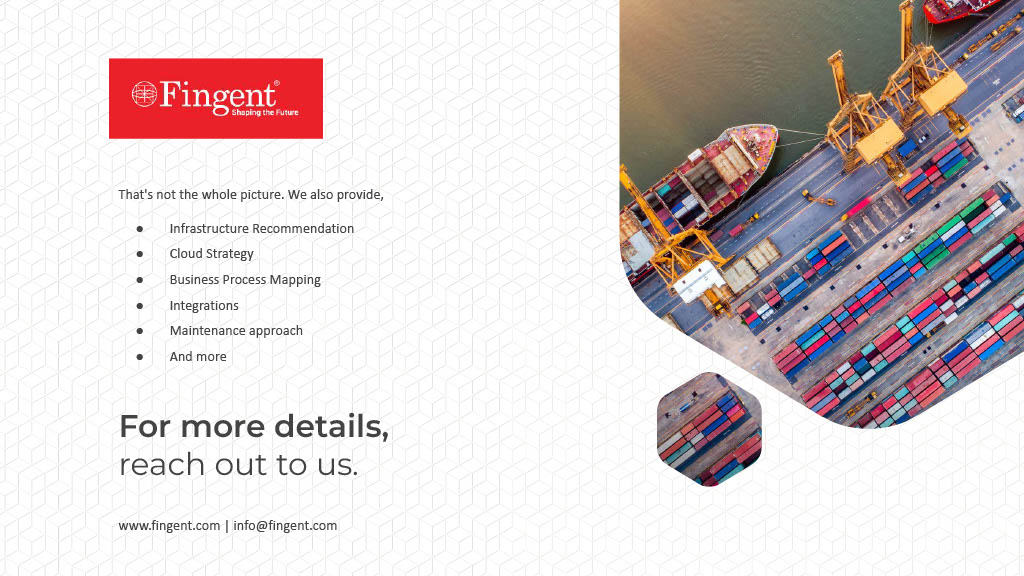Category: Business
Gone are the days when people used to be tied to their work desks for long hours through the week and be stuck at specific places for meetings and discussions. Corporates have moved away from traditional ways of communication, both formal and informal, towards a more dynamic and versatile approach. Thanks to the concept of enterprise mobility, people can work as well as communicate with each other sitting anywhere in the world.
For a long time though, mobility has always been a part of businesses, as earlier, there were IP (Initiation Protocol) and SIP (Session Initiation Protocol) for use in office and hence were limited in scope. For advanced needs and requirements in an enterprise, mobility needs to grow and it is already starting to take new forms in the process. With the increased use of smartphones and tablets in business, enterprises are now able to increase their productivity as well as efficiency. Now, let’s take a look at the main areas where mobility is being extensively used these days:
- Sales – Whether it is an FMCG manufacturer or a financial services company, the sales team is something that is invariably always on the move. The sales representatives who work in their respective fields may face several challenges like:
– High costs of paperwork, unnecessary phone calls and visits
– Manual paper-based recording of sales order entries, which is time-consuming and error-prone
– Inability to provide demo on site to clients
– Lack of easy access to customer information
Hence, they need mobile apps that can make their work easier by improving communication access and increasing employee productivity. - Services – In services, enterprise mobility helps to reduce the cycle time, which can be a key differentiator for service providers. Cycle time refers to the time from the service request initiation to service request closure. In other words, the time starting from the beginning of your process to the end, as decided by you and your customers. For example, the time from when a customer places a phone call to the electrician, to the time he fixes the fault and closes the service request. With enterprise mobility, such phone calls and placing of service requests can be made much easier and faster.
Opportunities
The business opportunities that ensue from enterprise mobility are manifold. As mentioned earlier, it can improve the productivity of an enterprise by a large margin if implemented properly. Some of them are:
- Mobility first business processes – Enterprise mobility helps to promote competitive differentiation by providing value using a mobile first strategy to business processes creation and management. It thus adds to the efficiency of each process and in turn the efficiency of the organization as a whole.
- Knowledge management – It helps to capture explicit and tacit knowledge through the analysis of data generated from mobile devices. It also helps to provide context-based knowledge solutions.
- CYOD – Mobility promotes the latest business trend of Choose Your Own Device (CYOD) which improves employee satisfaction and that too at a reasonable IT spend.
- Productivity improvements in niche areas too – Custom-built apps hosted on the enterprise app store can support business teams working on non-commoditized processes to improve productivity and add more value.
Even though enterprise mobility is a rapidly growing phenomenon among business enterprises these days, there are certain challenges that hinder its full-fledged adoption sometimes.
Challenges to Enterprise mobility
Due to several reasons, enterprise mobility is not acceptable by some business officials and enterprises. They are:
- Connectivity – The concept of enterprise mobility revolves around the ability for employees and the management to stay connected at all times. It is all about making information available to the right people at the right time. Without connectivity, the whole concept becomes ineffective and useless.
- Devices – Devices that are being used in offices need to have the capability to deliver (and hence enable consumption) of complex information, in other words, rich media content. Rich media is a web-based terminology used in internet advertizing to describe web advertisements that utilize advanced technology like video streaming, and are also able to interact with the user immediately. For example, ads that change or react as the user’s mouse hovers over it.
- User experience – For the employees, who are used to and are experienced in traditional methods of communication, such a drastic change might not be such a welcome one. Besides, they might find it difficult to adapt themselves to the new concept, which could affect productivity.
- Security – Since with mobility, everything from backups to encryption is “on the go”, it also is quite vulnerable to loss of information. And since employees carry around their entire office in their mobile devices, losing their device means losing their office.
- Environmental sustainability – Most telecom companies use diesel to fuel their base stations and data centres. As a matter of fact, the telecom industry is one of the largest consumers of diesel. Hence, it is not quite environmentally sustainable.
However, in this fast-paced business environment, mobility is starting to be an inevitable factor for the success of businesses, whether it is accepted by employees or not. The disadvantages are often out ruled by its pros and conveniences. From the way things are, it doesn’t seem too long before it becomes a way of life.
Stay up to date on what's new

Featured Blogs
Stay up to date on
what's new



Talk To Our Experts
Enterprises today have to deal with a fast paced business environment and truck loads of data coming from all directions. In order to keep up in the race for survival, organizations need to be as agile and alert as possible to overcome the challenges and adapt to the environment. Within the organizations too, data is growing rapidly. With all these complexities, it is necessary for the business managers to make some sense out of the incoming data on time and use it to boost the efficiency of their company.
In other words, the key to the success of any business lies in extracting relevant and actionable insights from the generated data, from anywhere in the world, in an organized and secure manner. It helps managers in making better, more informed decisions and thereby seize every opportunity that may come.
So what can be done to garner such insights? Or rather, what can be used to aid the process of decision making?
The answer is Corporate dashboards. We are all familiar with that term aren’t we? We also know that it is one of the most reliable and effective decision-making tools, as it helps managers get an overall top view of their enterprise by extracting Key Performance Indicators (KPIs). It also enables an easy analysis of the metrics in a user-friendly manner.
Using such dashboards helps organizations improve their efficiency as well as save a lot of time and money. It also adds to the reputation and goodwill of the company as a result. And how?
Before we get into the benefits of using dashboards, let’s see why organizations need dashboards.
Why dashboards?
Every manager in an enterprise, at whatever level of management he may be in, is responsible for decisions concerning his department or division. He has to go through and understand the corporate goals and at the same time manage his own department or team to achieve the goals set for his team. For this purpose, he will have to sift through various spreadsheets, reports and databases across the enterprise to collate information and make the best decision. However, he may not have the time for all this. On top of that, not all users may have access to all the information required to make decisions. These problems may make it difficult for the managers to make decisions.
Dashboards, on the other hand, provide a clear and concise picture of the state of affairs, by integrating data from various sources into a single common platform. It presents such data in the form of insightful graphics, patterns, and the like and also highlights the pain points that require immediate attention.It enables managers to easily make faster and more accurate decisions.
How dashboards save you time, money and reputation
Typically, dashboards offer a number of general benefits such as:
- faster access to information
- ability to generate comprehensive reports
- graphical presentation of real time data
- better visibility into all required departments
- better transparency
- availability of all information in a single place
- insightful illustrations
To discuss how dashboards help in saving time and money, let’s consider a hypothetical situation.
You, being the sales manager of a leading advertising company, are psyched on winning a project with an international client. You are about to reap huge profits and take your company to new heights. On being the sole person creditable for this huge deal, you are required to give a presentation to your team regarding the client and the project. You have prepared your work with the help of presentations and reports and spreadsheets for accounts. Finally, on the day of the presentation, as you stand in front of your team with your laptop, you realize that you haven’t transferred your file from your personal system where you created it. You also find that the spreadsheet that you created does not have a whole page as you forgot to save it…..
The above scenario is the result of using traditional methods of presentation or work. Such spreadsheets and reports create a whole lot of confusion and complexities that you can actually avoid using dashboards. Imagine, having a dashboard that lets you access your client’s information directly in real-time. One that lets you extract specific relevant information in the form of reports on the spot, in case you want to show some financial information.
Dashboards allow you to get all the important information in a single place, rather than through separate files and reports. It thus lets you save a lot of time that you would otherwise have spent on making the presentation with spreadsheets and documents, collating information from various departments etc. It also lets you save money used in buying and maintaining spreadsheet software and in making frequent visits to your client’s site.
Using dashboards for presentations during client visits and the like, boosts your reputation as well as it shows that you have your operations under control and in one place. Moreover, the visibility that lets you access information from other concerned departments shows that there is transparency, which adds to the trust factor. Moreover, you can allow your client to filter the data according to his requirements.
Such interactive and insightful dashboards, made with simple graphics such as pie charts, bar charts and the like, basically make your work very much easier. Being dynamic and flexible, dashboards can be created to suit your business model and can adapt itself to your company’s look and feel. If you are looking for a way to integrate information from different departments in your organization, contact us.
Stay up to date on what's new

Featured Blogs
Stay up to date on
what's new



Talk To Our Experts
“Quality in a product or service is not what you put into it. It is what the client or customer gets out of it”. – Peter Drucker
I couldn’t think of a better explanation for the importance of service excellence than this, by the renowned business management consultant, Peter Drucker. As rightly put, service excellence is achieved when the customer or the client is most happy or satisfied with your product or service. But then again, how exactly do you achieve it?
Service excellence is an on-going journey. The better you get at what you do or deliver, the higher you will push your bar to get even better at what you do. You keep building on service excellence. I’m talking about building on your customer service excellence here. So how can you go about building on service excellence?
Here are 5 tips:
- Communication – This is a bit of a cliche when it comes to quality of service. As already mentioned, customers need to be most happy. And one of the major factors to ensure that, is communicating with them. By communication, I don’t just mean after sales service. You need to keep a certain level of constant communication with your customers. In other words, engage with them. It builds trust and thereby loyalty. You can have various ways to engage with your customers like special events, contests and feedback. Feedback is one activity, which not only helps in customer engagement but also helps you in knowing what your customers think of you and work on the areas where you need to improve. The more you communicate with your customers, the clearer your goals become.
- Closeness – Another aspect of communication is closeness. Yes, the better you know your customers, the better you can serve them. You need to be knowing their needs, interests and expectations more than anyone for that matter. Ideally, you need to exceed customer expectations if you want delighted customers. And to exceed their expectations you need to know them today. If you get close enough, you can even predict their behaviour to some extent and you will be able to serve them proactively. Now, that is a whole new level of service excellence.
- Transparency – At no cost should you compromise on transparency. Be it in terms of pricing or product or service related information or anything that is relevant to your customers. Basically, you should refrain from doing anything that might cause distrust among customers. If your customers are dissatisfied, it will reflect on your possible prospective customers as well. So, there’s more at stake than meets the eye. Transparency adds to the trust factor and the benefits of that, as you know, are manifold.
- Value addition – This is an extension of the principle of exceeding expectations or proactive customer service. The idea is to give your customers more than what they asked for, in terms of value. You need to add some value while providing services and for that you need to go that extra mile, pay attention to all the details, give in more than a 100% and ensure complete efficiency. You need to make your customers feel important and valued by serving them better. Following this mission of value addition in all your projects, will take you one step closer to excellence.
- Standards – You need to have customer driven standards, which are realistic, measurable, attainable and time bound. By customer driven standards, I mean, ones which are determined after careful analysis of the feedback from the customers, as well as of customer behaviour through constant engagement with them. The standards so set should be implemented and measured as well, after which you can take steps to improve on them. Based on your evaluation of standards, you will find areas on which you can improve and hence set new standards.
All these are factors which basically add to the satisfaction of customers which, in turn reflects quality in the service you deliver. On the whole, it is pretty clear that it is the customers that help you achieve the goal of service excellence and the more you engage with them, the more they are satisfied, and the more you achieve.
Stay up to date on what's new

Featured Blogs
Stay up to date on
what's new



Talk To Our Experts
When customers get more and more digitally advanced, what else can retailers do, but go over the top to get savvier and stay ahead in the race towards serving them better? Most retailers these days are struggling to maintain their faces with new technologies and marketing programs in the digital side of things. If you thought, a little bit of social media marketing would do the trick, then you might be wrong. True, social media does play a huge role in spicing up your digital marketing spree, but is that enough?
The answer to that, would perhaps, have been ‘yes’, maybe a few years ago. But with advancements in technology as well as the minds of the people today, who seem to be in an endless search for convenience and speed, the answer is definitely ‘no’. So, what exactly is the deal with this digital marketing and the people-the consumers, and what does it take to stay in the ‘present’?
Consumers have started to expect more from their vendors and retailers are bound to live up to this expectation. Let’s see, for example, how digital marketing has changed in retail to stay relevant and eye-candy for its customers:
‘Personalizing’ at its peak
One of the most effective and influential techniques of digital marketing is personalizing. And by that, I don’t just mean sending out personal emails to your customers, or adding their first names in the emails you send out. The in-thing now, is of course iBeacons; the latest Bluetooth LE technology used in malls and retail stores to send out personalized offers and messages in real-time. But that is when your customers are in your store. What can you do to get personal outside of your store?
The depth of the word ‘personalizing’ is starting to take new forms these days. And one of those forms is facial recognition technology. According to a recent report published by Transparency Market Research, the global facial recognition market is expected to reach almost US $2.67 billion by 2022. That is how big it is getting. Retailers can use this technology to gather information about customers, their buying habits, purchasing power etc. and then use that for marketing purposes like, presenting them with special and unique offers and deals.
Facebook, the social media channel, has been using this technology for the past few years for the purpose of identifying and categorizing pictures, and this data is being shared among other retail and social media sites, which enables them to target ads to users. Facebook also uses information from other retail sites by scanning their cookies and displays ads to users accordingly.
However, privacy concerns regarding this technology are still being discussed and how much acceptable it is going to get among the consumers, still remains unclear.
From wearable to digital assistants
This is for companies that use mobile marketing for leveraging their marketing programs. You need to really keep up with the latest advancements in mobile technology if you want to make your marketing effective. A “mobile-first strategy” is what a lot of retail brands adopt these days. This is according to Aaron Shapiro, CEO of New York based digital agency Huge. Shapiro feels that voice-activated technology, digital assistants and wearable technology are all set to change the way customers interact with their favorite brands, especially now that most of them use mobile devices rather than desktop computers and laptops. About voice-activated marketing Shapiro says, “ In cases where the screens are going to be tiny or non-existent, voice is going to be the way that we communicate.” It means brands will have to come up with ways for their customers to communicate with them in a voice context.
Shapiro also feels that mobile technology is definitely going to evolve into wearable as well.
Display advertising: Metrics better than click-through-rate
Click-through-rates are actually, most often, thought of as the best measure of display advertisements’ effectiveness. However, there are several limitations to this particular approach. It ignores factors like brand awareness and educating prospects. According to Sean Callahan, Marketing Director, Bizo, there are several other metrics that marketers can use to measure the effectiveness of their display ads. Some of them are:
Brand recall – where in, you can carry out an online brand study to see the differences in the awareness of your brand among the people who have seen your ads and among the ones who haven’t.
Branded search – where in, you can measure the lift in the number of searches for your brand, while your online ad campaign is running.
Likewise, there are a number of other such metrics that you can use to measure the performance of your ad campaigns.
All of these digital marketing techniques and tips are already being used by a number of retailers and are well on their way towards revolutionizing the retail industry as a whole. In a matter of few years, what we provide for our customers now, will probably seem outdated or maybe even absolutely ineffective. Like i said, if you have to stay in the game till the end, you have got to play it like it has to be played.
Stay up to date on what's new

Featured Blogs
Stay up to date on
what's new



Talk To Our Experts
According to a recent report by InformationWeek on business intelligence, up to 28% of business professionals responsible for software selection in their firms, said that they have set the standards for one or a few analytics products in their organization. It was 35% last year, so this time apparently we have a 7% decrease.
Now, why has there been such a decrease?
The answer is not very different from what it was for the last three years. Almost 48% of BI decision makers say that “ease-of-use challenges with complex software or less technically savvy employees” is one of the main barriers to its increased adoption. Another major factor being data quality issues.
Although, the survey also found another 21% of decision makers did adopt several analytics and BI products for their firms, which is an increase from 16% from last year.
According to two different schools of thought, there have emerged two different approaches to developing and using analytics software. One school believes that if software, is simple to use, then people can handle even complex analysis. On the other hand, another school believes that if the software is made to be smart, then it can handle the analysis part on its own. So, it all comes down to choosing between simpler or smarter.
Products such as Qlik Sense, Tableau Elastic fall in the “simple to use” category and other popular ones from IBM and SAS fall in the smarter category. Tableau has gone as far as making their software mobile compatible too, adding further to the ease of use. A recent development by IBM is Watson analytics, a cloud-based service that is sure to help in high-end data analysis.
Even though, the choice has to be made between simpler or smarter software, the ultimate fact is that most people prefer software that is both smart as well as easy to use. Our own product ReachOut Engage intends to bridge this gap with an easy to use interface and allows users to analyze the data on a primary level and export data to third-party systems for further analysis. According to the survey, IBM and SAS also argue that their software uses smart features that also make it easy to use. Even then, this idea of smarter versus simpler when put in front of Steve Rimar, senior staff, IT architect at Qualcomm, brought 2 distinct vendors to the limelight. This renowned BI and analytics practitioner said that they have used many tools over the years and QlikView and Oracle OBIEE have proved to be their dominant standards.
When we look into the databases used, the report shows that 26% of decision makers involved in the survey, said that their firms used NoSQL databases, which is an increase from 19% in the last year. Another 22% said that their firms used Hadoop, which again, is an increase from 15% in the last year. Now, Hadoop is one database which is steadily and definitely gaining adoption as a platform for storing high-scale data that is not capable of being stored in other relational databases. Some of the major reasons for this increase in adoption rate include:
- Ability to store and process semi-structured, unstructured and variable data as pointed out by 31% of respondents
- Ability to handle massive volumes of data as pointed out by another 30% of respondents
- Low hardware and storage scaling costs as compared to conventional relational database management systems as pointed out by another 25%
All these facilitate big data analysis. All these also indicate the growing interest in big data analysis. Now, what exactly are the factors that drive this growing interest?
Some of the reasons are:
- The need for finding correlations across multiple data sources like internet clickstreams, geospatial data and customer transaction data as cited by 48% of respondents
- The need for predicting customer behavior as cited by 46%
- The need for predicting product or service sales as cited by 40%
Other major reasons include the need for predicting fraud and financial risks, analyzing social networks and identifying security risks.
On the whole, big data analysis is no longer just data warehousing as we know it at high scale as the report suggests. So, the bottom line is to not just depend on SQL tools alone to learn new things and use new data sources. As other tools are gaining popularity, data analytics and business intelligence and information management are becoming simpler and smarter.
Stay up to date on what's new

Featured Blogs
Stay up to date on
what's new



Talk To Our Experts
Do you have a hard time managing all the “resistance to change” in your organization?
Many managers just like you, find it hard to incorporate any kind of changes in their organizations, especially, while introducing a new process or technology. Such resistance to change can become a major issue and more often than not, this results in huge losses.
So how do you minimize such resistance, or even better negate the same?
Here’s a thought, make the whole process of adoption systematic and comfortable for the staff. Such an approach ensures a smooth and successful transition. It can also save your company millions of dollars in the long run.
Here are some tips that can help you while incorporating technological changes in your organization –
Before adopting
- Do your homework – You need to make sure that the kind of technology you are looking to adopt is the right one and the best one for your organization. You need to do a thorough analysis of available options for that. You need to be well aware of the benefits it can bring and also how it will help your organization in the long run.
- Give your bosses a heads up if necessary – Sometimes your bosses may not be able to see the necessity to adopt the particular technology you are looking to adopt. You might have to put in some extra convincing efforts to make them support the adoption. So you will need to give them a heads up too, well ahead of the adoption. Support of the top management is very essential for technology adoption.
- Give your staff a heads up – If you let your staff know right from when you have plans of adopting new technology, they can be prepared. You should also let them know why you plan to do so. Make them aware of its benefits.
- Be sure to make everyone aware of not just the organizational benefits, but also personal benefits – Ok, let’s face it. People always do something they don’t want to do, only if they know it is going to benefit them in some way. Hence, if you need to convince your staff to adopt a particular technology, you need to address their personal concerns. You should show them how it can benefit them too.
- Test it on a group of people – Before actually adopting, you could choose a group of people and have them test the technology beforehand. You can use their feedback to assess the impact of the technology on the users. The more positive their feedback is, the more likely it is for the rest of the staff to adopt it readily.
After adopting
- Have fun training sessions – It is inevitable to provide training sessions of course, but if you make it fun, the staff will find it much more comfortable to use the technology. You can make your training sessions fun, by incorporating a little humour into your presentations or by having some lunch and learn sessions. You could even give out some rewards through tests.
- Engage experts – There might be some of those fast learners who get the hang of things pretty quickly. If you pick them out, you can have them help the others. It would be more comfortable for their friends to learn from them as well.
- Consider people who might need extra help – There might be people who might need an extra bit of personal help. You need to be available for one-on-one training sessions with them. Otherwise, they will hesitate in using the technology and may end up sticking to the old ways.
- Allow time for the transition – It is understandable that the people might take some time to get used to the new technology. You need to allow the time required for the transition and constantly monitor the use, to see if people are ok with it until it becomes routine.
Nowadays, technology is widely being used by almost every organization. Hence, it is important to know how to go about introducing a new kind of technology or incorporating changes to an existing technology. Technology is also constantly changing, which makes it all the more important to create an atmosphere to welcome change.
Stay up to date on what's new

Featured Blogs
Stay up to date on
what's new












